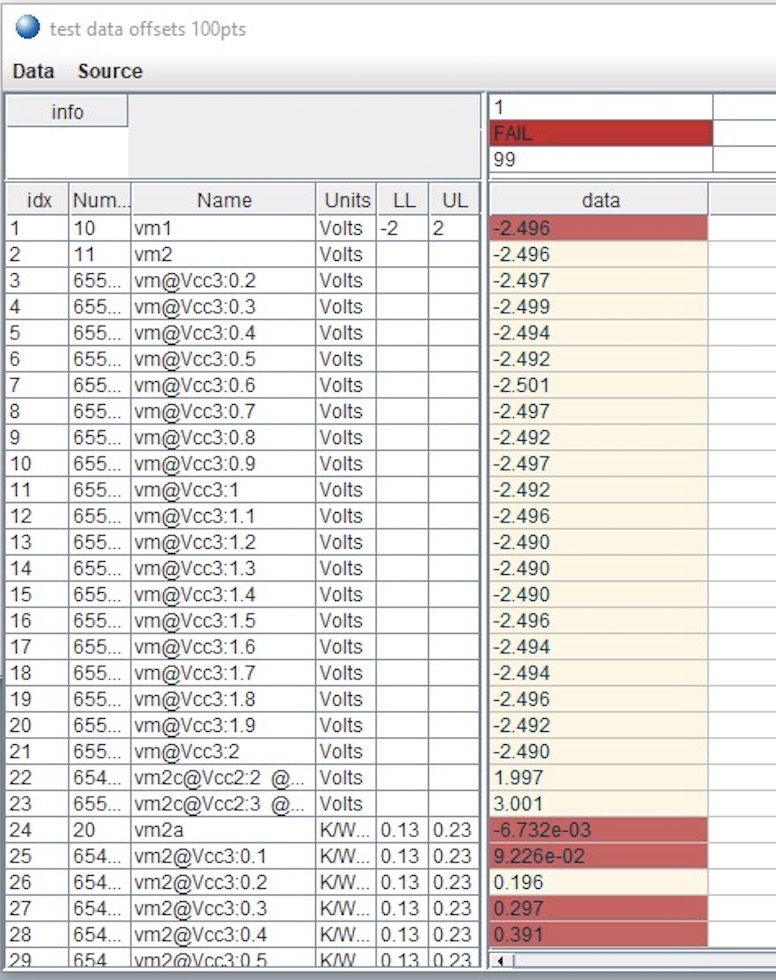Saturn for rTalk for Advantest SmarTest 8 is a Java application that controls Cassini TIMs from any supported operating system. This document focuses on the basic operations of the Saturn platform.
Reference:
Install or Upgrade rTalk for Advantest Smartest RPM on Linux https://roos.com/docs/RBEH-D53GUG?Open
Using the Saturn Application:
- To Diagnose Cassini with Saturn
- To Open a Test Exec (RiTestSessionDef)
- To Open a Testplan (change most settings & limits, Compile & Run)
- To View the Worksheet and Save CSV from Saturn Testplan
- To Save CSV from the testplan run results Worksheet
- To Change Limits with Saturn Testplan
- To Modify Instrument Settings from testplan
- To Calibrate (RiCalList)
- To Save CSV from Cal Results
To Diagnose Cassini with Saturn:
- Note: These steps require a Diag/Cal Plate for use with a specific configuration of installed TIMs.
- Launch Saturn and wait for "Tester Loaded." shown in the message window. If not already running, start a 20 minute timer to allow instruments to warm up.
- Unlatch the Fixture if it is attached and Latch the Diag/Cal Interface plate (see Diagnostic Kit).
- From Saturn app, choose apps > cassini, select equipment and choose Launch app form the right mouse button menu.
- From the equip pool window, choose refresh from the right mouse button menu.
- From Saturn app, choose apps > browse tester and confirm the Fixture is similar to "ACME bottomplate ##"
- From Saturn app, choose apps > cassini, select cal exec and choose Launch App from the right mouse button menu.
- Choose File > Diag List and select the appropriate Diag list (likely "Acme Rev A").
- After waiting 20 minutes from a cold start, select ALL service plans (CTL+A or CTL+left mouse button click) and choose choose Run Selected from the right mouse button menu.
- If any FAIL results are found, follow the steps below to Send Diagnose Results to [email protected]. If all results PASS, proceed to release system to production or continue with calibration. To Calibrate Cassini 16 with Saturn below.
- Close the cal exec window.
Note: These steps require a Calibration Kit and Diag/Cal Plate.
- From the Saturn launch window, choose apps > cassini and double click on cal exec to open the Cal Exec user interface.
- Choose Actions > Open List and choose the Cal List.
- Choose Actions > Load Cal Kit and choose the appropriate entry. RiCalKit naming convention sets the date as the last valid cal date and should be checked if in the past. The Cal Kit contains the Open Coefficients and Noise Source ENR table and should be valid.
- Choose Actions > Calibration List and select the appropriate entry (likely "Acme Rev A")
- Select pairs of testplans Cal/Validate by holding the CTL key and left clicking on each testplan name and choose Run Selected from the right mouse button menu.
- Follow the user prompts. These often require connecting PKZ#12 adapters to either a Power Sensor, SMA cable, and OSL standards. (See Figure 1 and Figure 2)
IMPORTANT: ALWAYS follow good RF connector hygiene and use a SMA Torque wrench when tightening and avoid rotating the inner cable, ALWAYS rotate the outer nut. - Repeat until the list is completed. Cal data is ONLY saved after every successful validate. If a validate fails, repeat all selected Cal plans.
Note: These steps require a Fixture with Cal List to be active on the tester.
- From the Saturn launch window, choose apps > cassini and double click on cal exec to open the Cal Exec user interface.
- Choose Actions > Open List and choose the Cal List.
- (Optional) Choose File > Load Cal Kit and choose the appropriate entry. RiCalKit naming convention sets the date as the last valid cal date and should be checked if in the past. The Cal Kit contains the Open Coefficients and Noise Source ENR table and should be valid.
- Choose File > Calibration List and select the appropriate entry (likely "Acme Rev A")
- Follow the user prompts. These often require connecting PKZ#12 adapters to either a Power Sensor, SMA cable, and OSL standards. (See Figure 1 and Figure 2)
IMPORTANT: ALWAYS follow good RF connector hygiene and use a SMA Torque wrench when tightening and avoid rotating the inner cable, ALWAYS rotate the outer nut. - Repeat until the list is completed. Cal data is ONLY saved after every successful validate. If a validate fails, repeat all selected Cal plans.
To Save CSV from the Cal Results:
- From the Cal List window, choose Actions > Results.
- From the Worksheet, choose Data > Save Csv to convert the data in the worksheet to a .csv file in the %USERPROFILE%\RiApps\data directory.
NOTE: If the .csv file does not appear, follow steps "To Setup Python3 For Saving Results as CSV" above. (Administrator access required)
To Register a New Fixture:
- When a new Fixture is attached to Cassini, follow these steps to associate it with a Fixture Definition by saving Cal Data.
- From the Saturn launch window, choose apps > cassini
- Add a New Fixture Def
- Save Calibration
- When a new Device Interface Board (DIB) is attached to Cassini, follow these steps to associate it with a Fixture Definition by saving Cal Data.
- From the Saturn launch window, choose apps > cassini
- Add a New DIB Def
- Save Calibration
- When a replacement TIM is attached to Cassini, follow these steps to associate it with a Tester definition by saving Tester Def.
- From the Saturn launch window, choose apps > cassini
- Save Tester
Figure 2 - Import .GZP
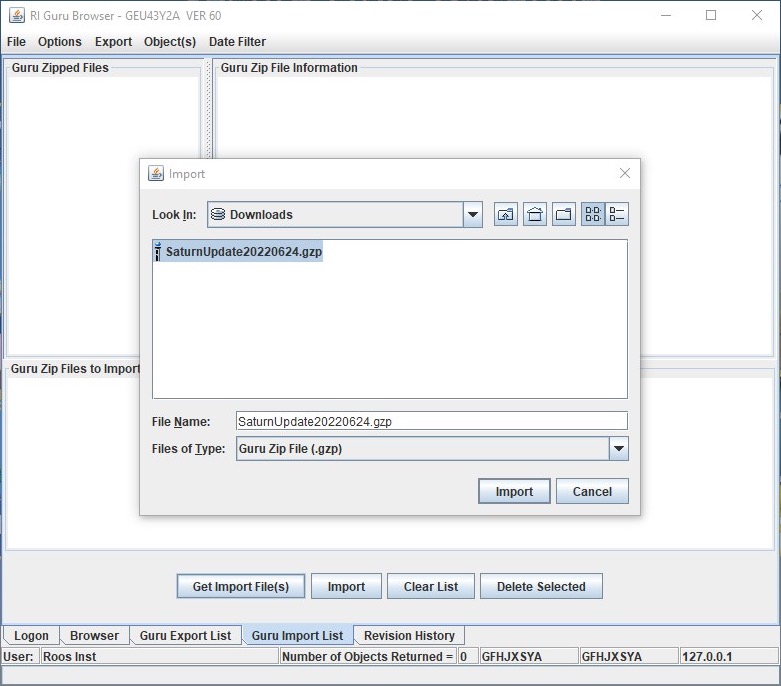
Figure 2.1 Close Saturn Application
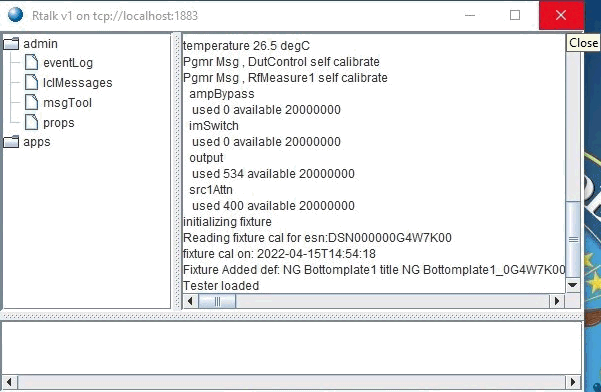
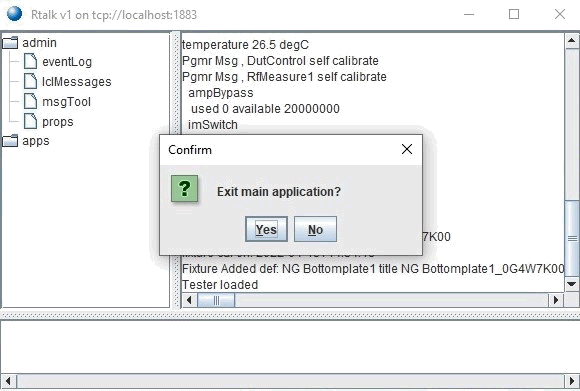
Figure 4 - Saturn: Tester Loaded (Ready)
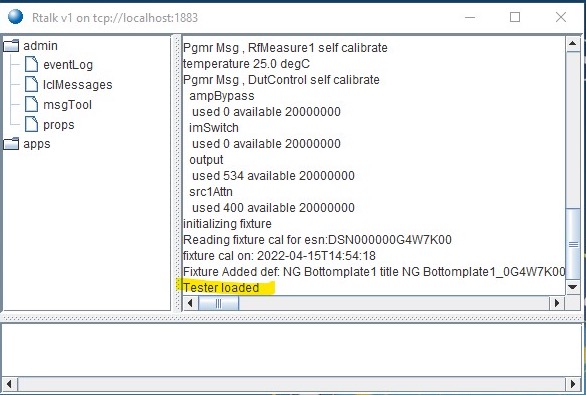
Figure 10 - Saturn: apps > cassini > testplan > load
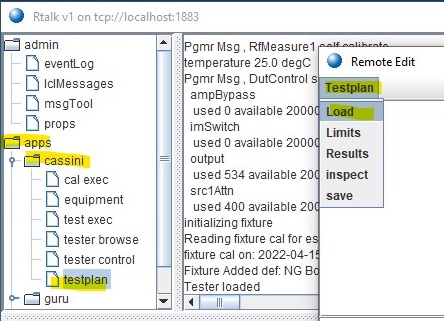
Figure 12 - Testplan > Limits
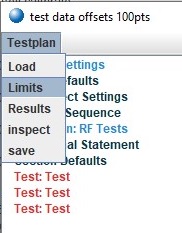
Figure 13 - Testplan > Results (Worksheet)
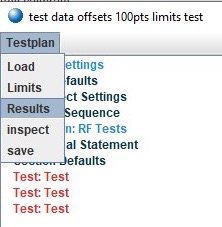
Figure 14 - Worksheet Window
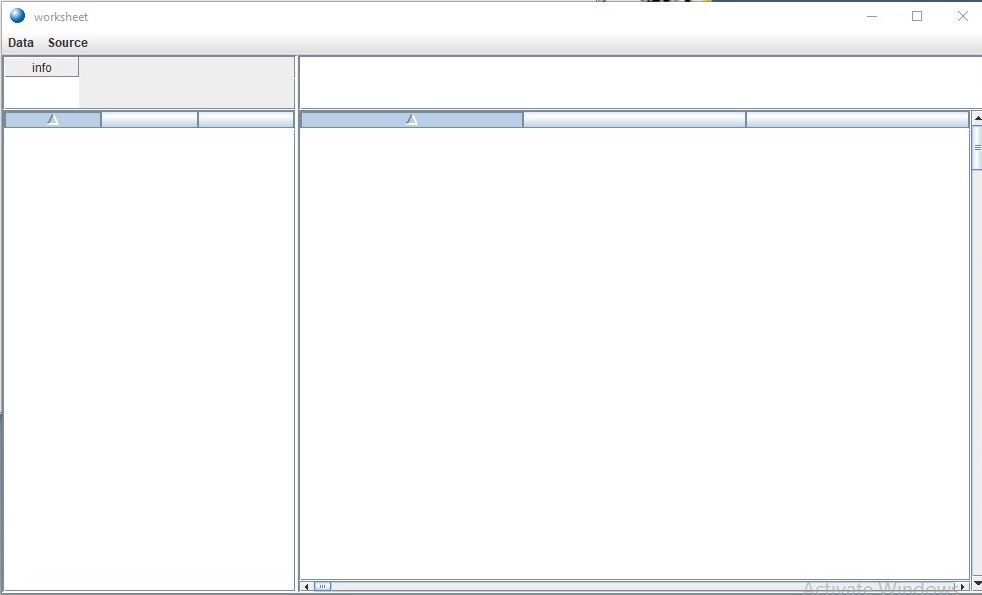
Figure 24: Worksheet with new values
